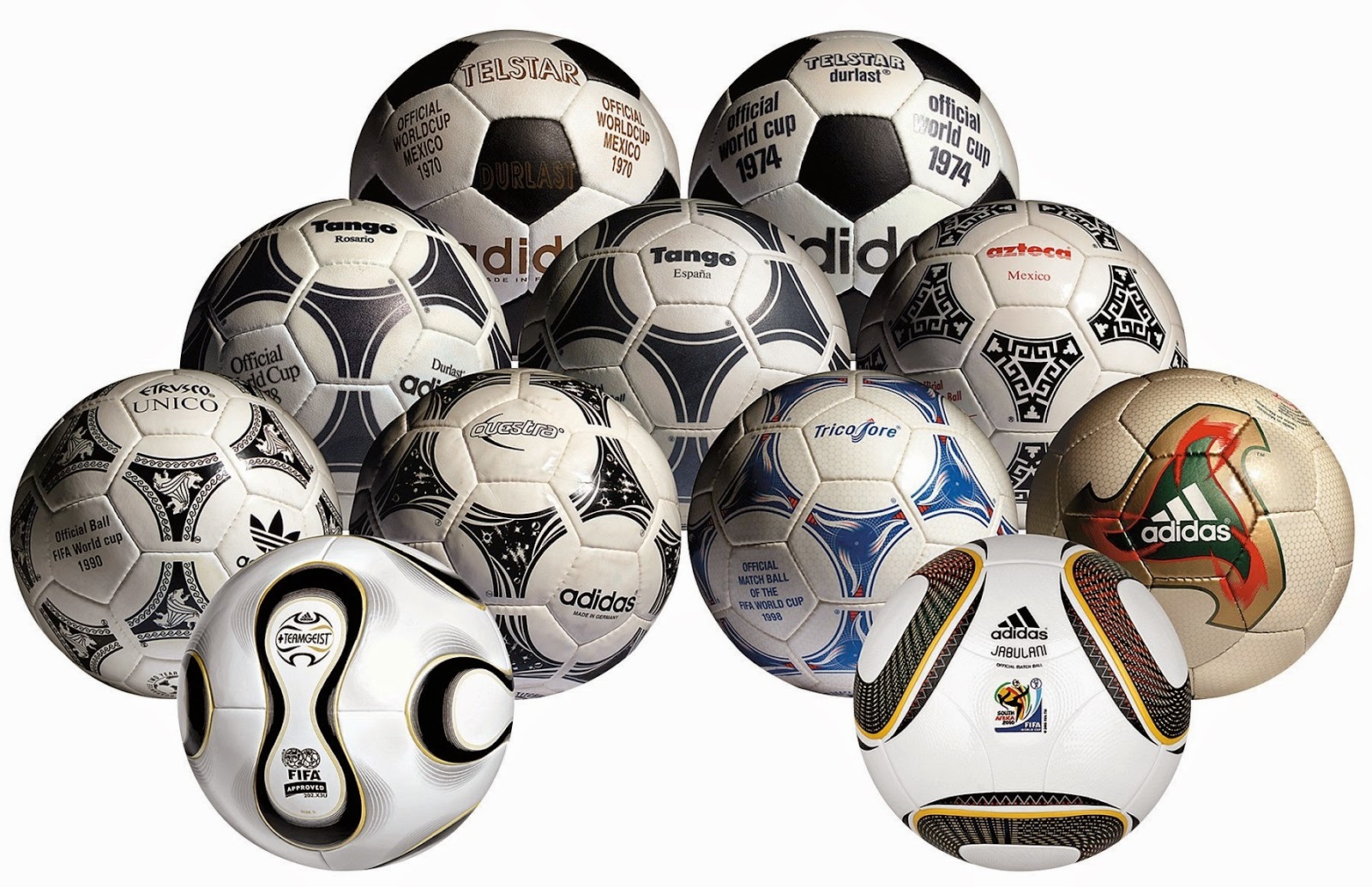Up until I was 18 years old I'd only ever played with crappy balls. Wait, let me start that again.
It wasn't until my last year of high school that I kicked around some balls that weren't junk. No, that's still a bit awkward.
What I'm trying to say, is that as a kid I had only ever played football with either plastic or cheap leather soccer balls. It wasn't until I joined in on a kick about with some guys one Sunday, that was organized by a Football obsessive who insisted on only using quality gear even in the park, that I got to play with a decent ball.
The ball was the Adidas Questra, that was used in the 1994 World Cup and I had never played with anything quite like it. Sure, I still hoofed the damn ball over the net when it was easier to score, but I was able to put a sexy swerve on it while doing so.
That ball kept its shape no matter what, and didn't increase in weight when we were out playing in the rain. Even if you couldn't normally trap a bag of cement, this ball seemed easier to control. My friend had three of the pricey Questras, and to this day they're still the best ball I've played with.
From the times of ancient football like games, right up until the early 19th Century, balls were generally made from animal bladders, often filled with wood shavings, that would easily fall apart if kicked too hard or too much. Imagine yelling, "on my head, son" to your left winger and then having one of these bladders explode in your face when you tried heading it.
The process of vulcanization, perfected by American inventor Charles Goodyear in 1838, dramatically changed how footballs could be produced. Vulcanization is the process of adding sulphur to rubber, making it more flexible, yet also durable and resistant to solvents. This process allowed for the creation of a rubber inner centre for a football, that was then covered and reinforced with leather outer panels. These new balls could actually bounce and not fall apart when aimlessly kicked really hard by an unhinged central defender.
Before you ask, vulcanization has nothing to do with Mr. Spock. It was named after Vulcan, the Greek God of Fire.
In 1863, when Association Football was first codified in England, specifications for the balls that should be used were laid down by the English FA and were later adopted by the International Football governing board. For the next few decades there weren't major changes made to the development of these heavy 18 panel balls.
Although there were standards for the size and shape of footballs, they weren't strictly adhered to throughout the football world and when countries met in international competition, problems could arise.
In 1930, at the first World Cup Final between Argentina and Uruguay, the countries couldn't agree on what ball to use. Argentina supplied the ball for the first half and a Uruguayan ball was used in the second half.
From the 1934 tournament onwards, a single style of ball has been decided upon before the tournament with the intention of avoiding such disputes. That being said, after several countries complained about the quality of the ball Chile provided for the 1962 World Cup, the exceptionally named Crack Top Star, FIFA decided to award the contract for creating tournament footballs to one company.
The company responsible for the match balls for this summer's World Cup, Adidas, first started producing balls for the tournament in 1970. That year they released the iconic 32 panel black and white Telstar. It's design was meant to not only provide a better spherical shape, but also get picked up easier on television. When most people think of a soccer ball, it's this design that comes to mind.
In 1974, Adidas coated their World Cup ball with Polyurethane which waterproofed the ball and reduced headaches in players around the world.
On a serious note, this did in fact help reduce the number of head and neck injuries, as footballs used to become rock hard when their leather panels would get wet.
On a serious note, this did in fact help reduce the number of head and neck injuries, as footballs used to become rock hard when their leather panels would get wet.
Like the evolution of football boots, mentioned in a previous article, a staggering amount of R&D and engineering goes into the modern balls used at the World Cup, some would argue too much as we see free kicks fly over the net.
This summer, teams will be playing with the Adidas Brazuca.
Below are a few of the balls that have been used in the World Cup:












0 comments :
Post a Comment